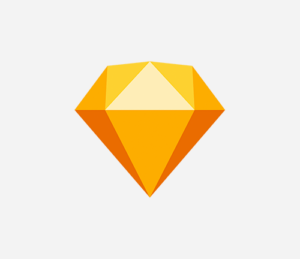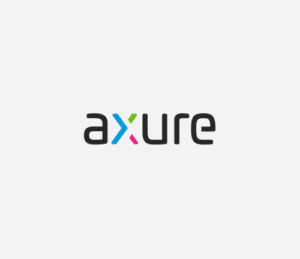The Top 5 Design Tools for User Experience Designers in 2025
The UX design landscape is constantly evolving, and with 2025 upon us, designers need the best tools to stay ahead. Whether you’re crafting wireframes, prototyping interactions, or refining micro-animations, having the right UX design software can make all the difference. Here’s our list of the top 5 UX design tools that every designer should consider using in 2025.

1. Figma – The Ultimate Collaborative Design Tool
Best for: Real-time collaboration and UI/UX prototyping
Figma has cemented its position as the go-to tool for UX designers, offering a cloud-based, collaborative environment that allows teams to design together seamlessly. With its powerful design systems, extensive plugin ecosystem, and prototyping capabilities, Figma is an industry leader.
Cloud-based for seamless teamwork
Extensive plugins and integrations
Strong design system management
2. Sketch – A Mac-Favorite for Interface Design
Best for: Vector-based UI/UX design (Mac users)
Sketch remains a strong contender for macOS-based designers who prefer a lightweight, intuitive interface. While it doesn’t offer the same built-in collaboration as Figma, its powerful vector editing and well-developed plugin ecosystem make it a favorite for many UI designers.
Intuitive interface for Mac users
Excellent vector editing and symbol libraries
Strong plugin support
3. Axure RP – Advanced Prototyping with Logic
Best for: Complex interactions and UX documentation
For designers who need more than just static prototypes, Axure RP provides advanced interaction design capabilities with conditional logic, dynamic content, and user flows. It’s a fantastic tool for UX professionals working on enterprise-level applications.
Ideal for complex interactions and high-fidelity prototypes
Great for documentation and user flows
Advanced logic-based prototyping
4. Principle – Motion Design & Micro-Interactions Made Easy
Best for: High-fidelity animations and mobile interactions
If you need to bring your designs to life with fluid animations and interactions, Principle is the perfect tool. It’s great for designers focusing on mobile and web animations, offering an easy-to-use timeline-based interface for crafting stunning motion designs.
Smooth timeline-based animations
Gesture-driven prototyping for mobile apps
Ideal for micro-interactions and transitions
5. UXPin – Bridging the Gap Between Design and Development
Best for: Interactive prototypes with real code elements
UXPin sets itself apart by allowing designers to create fully interactive prototypes using real HTML, CSS, and JavaScript components. This makes it an excellent choice for teams that need highly functional prototypes that are developer-friendly.
Uses real code for interactive prototypes
Great for design-to-code workflows
Strong collaboration and documentation features
Which Tool is Right for You?
Each of these tools excels in different areas, so the right choice depends on your workflow needs:
Need real-time collaboration? Figma is unbeatable.
Prefer a Mac-native tool? Sketch is a great pick.
Building complex interactions? Axure RP is your best bet.
Focused on animations? Principle is a must-have.
Want a design-to-code workflow? UXPin is the way to go.
As UX design continues to evolve, staying updated with the right tools is essential. Whether you’re working solo or as part of a team, these tools will help streamline your workflow and enhance your designs in 2025 and beyond.




